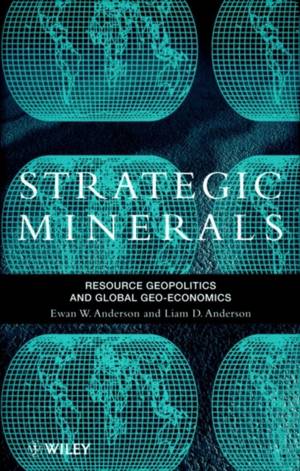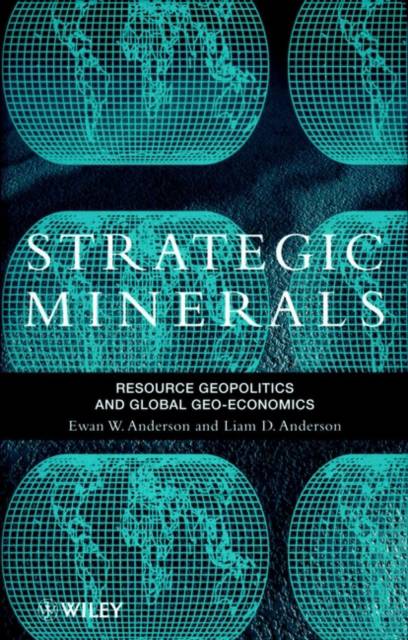
- Afhalen na 1 uur in een winkel met voorraad
- Gratis thuislevering in België vanaf € 30
- Ruim aanbod met 7 miljoen producten
- Afhalen na 1 uur in een winkel met voorraad
- Gratis thuislevering in België vanaf € 30
- Ruim aanbod met 7 miljoen producten
Zoeken
Strategic Minerals
Resource Geopolitics and Global Geo-Economics
Ewan W Anderson, Liam D Anderson
Hardcover | Engels
€ 453,45
+ 906 punten
Uitvoering
Omschrijving
Strategic minerals are a major element of resource geopolitics. The US has always provided the umbrella for the West and is now the global policeman on strategic mineral supply. As the global economic system has developed it has become increasingly clear that the geopolitical balance in global mineral supply is focused on the countries of the former Soviet Union, China and South Africa. The entire import list of US non-fuel minerals is examined in the context of import dependence, the criticality of end-use and the vulnerability of sources. This analysis builds up a complete picture of the varying levels of vulnerability for each mineral, allowing lists of both key and marginal strategic minerals to be compiled. The major sources of these minerals and their relative potential problems of supply are considered. These problems range from geopolitical concerns to the monopolistic agency of multinationals and cartels to the mechanistics of sea-line communications. The book concludes with an assessment of present and future scenarios based on shifting geopolitical influence at the global level, outlining countermeasures, both actual and potential.
Specificaties
Betrokkenen
- Auteur(s):
- Uitgeverij:
Inhoud
- Aantal bladzijden:
- 180
- Taal:
- Engels
Eigenschappen
- Productcode (EAN):
- 9780471974024
- Verschijningsdatum:
- 16/12/1997
- Uitvoering:
- Hardcover
- Formaat:
- Genaaid
- Afmetingen:
- 164 mm x 242 mm
- Gewicht:
- 426 g

Alleen bij Standaard Boekhandel
+ 906 punten op je klantenkaart van Standaard Boekhandel
Beoordelingen
We publiceren alleen reviews die voldoen aan de voorwaarden voor reviews. Bekijk onze voorwaarden voor reviews.











